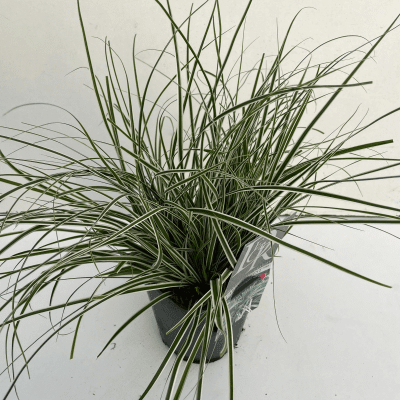Origin
The Sesleria caerulea 'Heufleriana', better known as the Blue Sesleria, is a plant species originally from Europe. It mainly spreads in the Alps and the Carpathians. This species, which is part of the grass family (Poaceae), prefers to grow in limestone-rich and rocky places. The 'Heufleriana' is a specific cultivar that owes its name to the Austrian botanist Anton Heufler von Raschhofer.
Characteristics
The Sesleria caerulea 'Heufleriana' is a compact, tussock-forming ornamental grass that grows between 30 and 40 centimetres tall. The long, narrow leaves are grey to bluish grey in colour and remain green even in winter. In the spring, the plant blooms, producing thin, erect flowering stems that end in striking, pale pink to lilac-coloured spikelets. These form a strong contrast with the grey leaves and give the plant a noticeable appearance.
Care
Despite its origin from mountainous regions, the Sesleria caerulea 'Heufleriana' is quite easy to care for. The plant tolerates both full sun and semi-shade and has few demands on the soil, although it prefers well-drained soil. Once established, the plant can tolerate drought and is also winter-hardy. For optimal growth and flowering, it is advisable to prune the plant after flowering, to stimulate the formation of new leaves.
